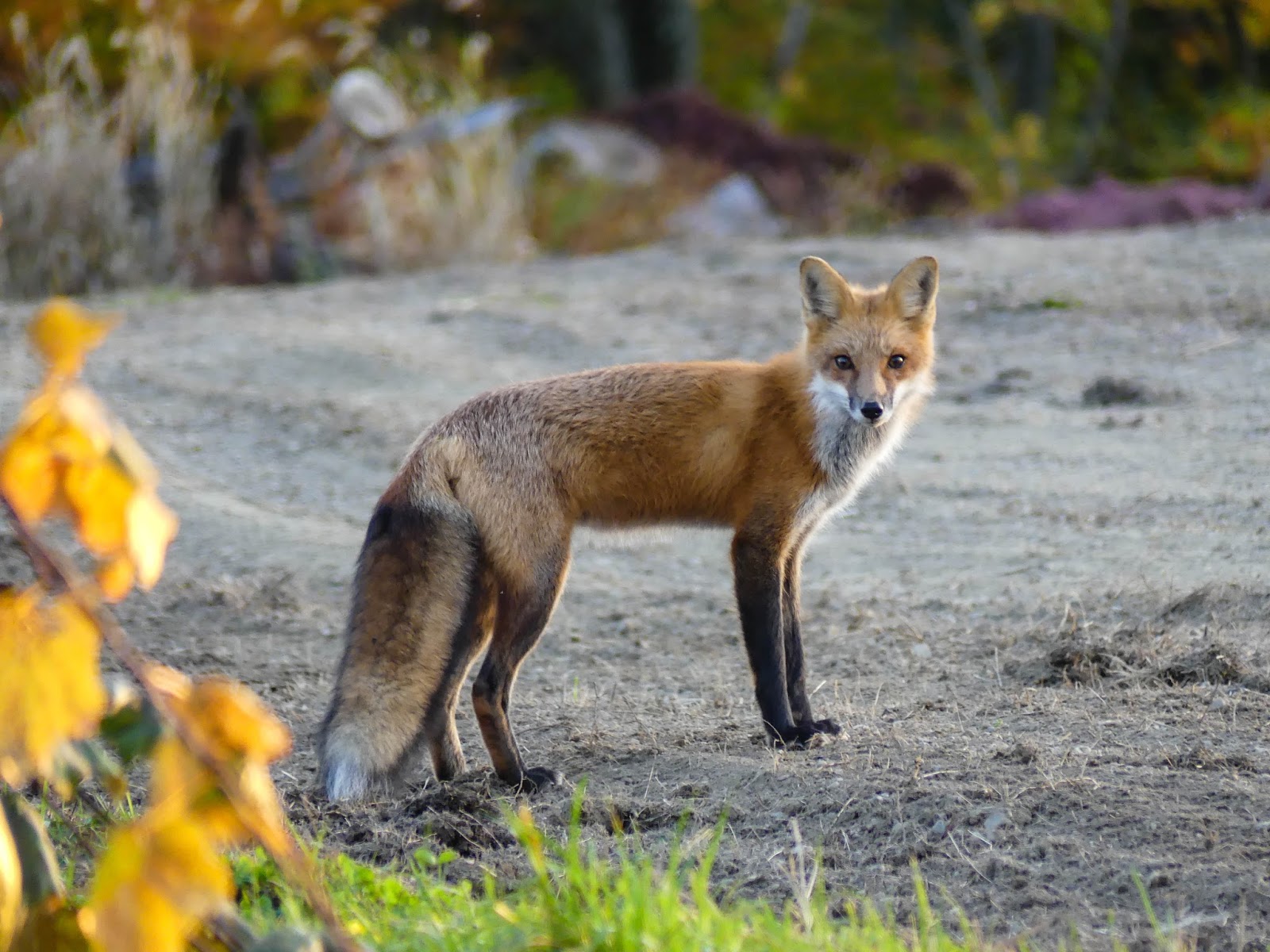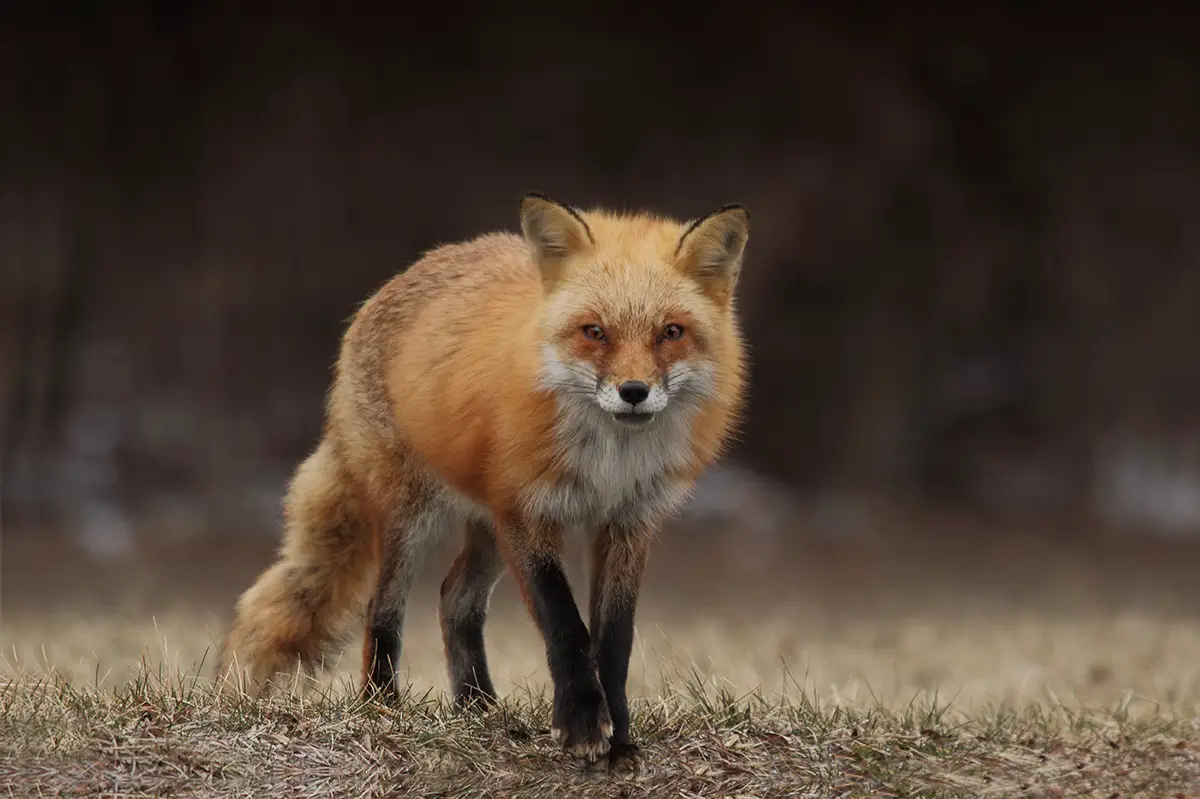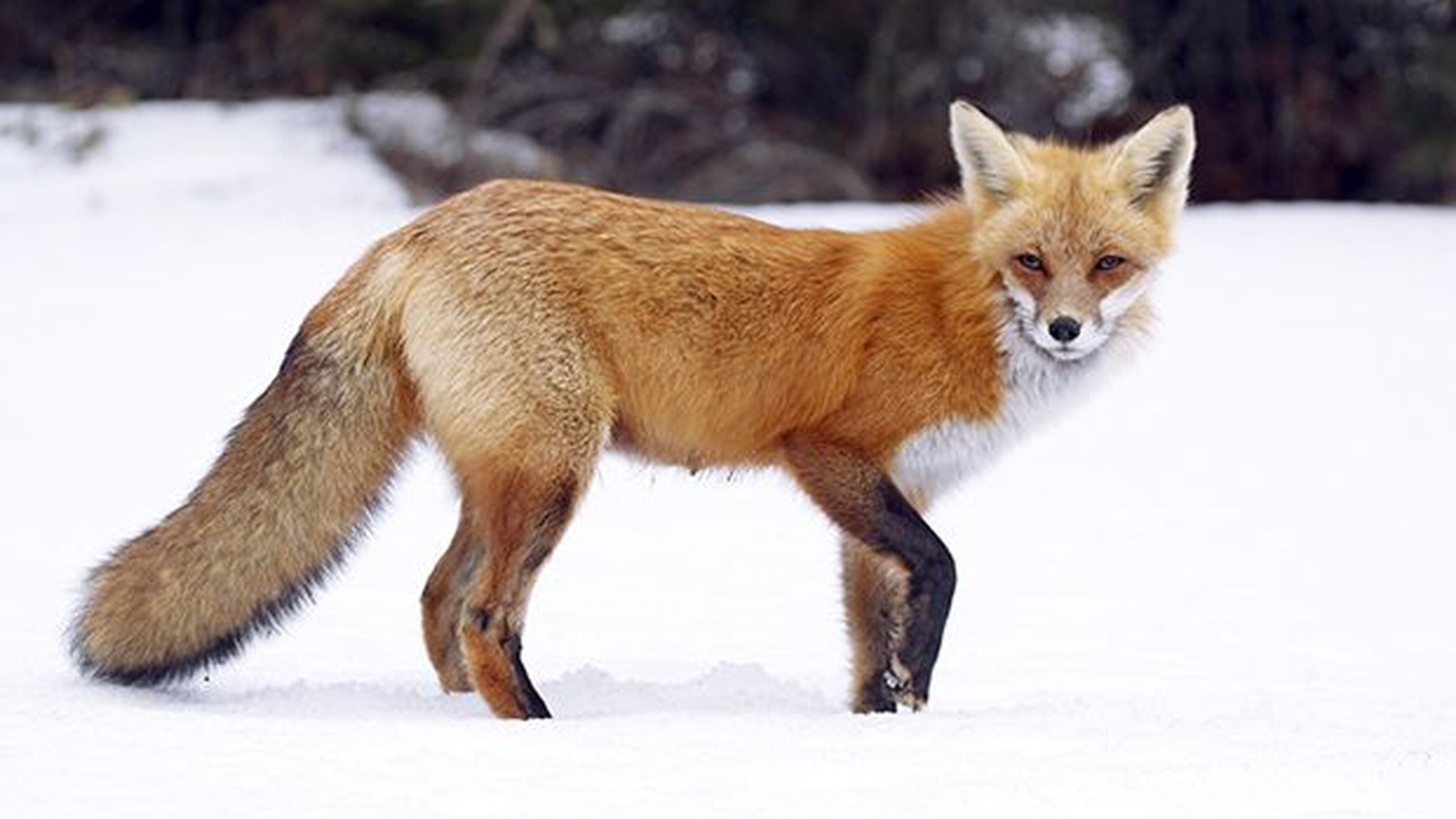
If you would like more details on how foxes navigate, I have written an article here. Other foxes can make sense of this information, including information about the health, social status, and season of the fox that left it-dominant red foxes scent mark more than subordinate foxes. Don’t be surprised to see some on your shoes if you leave them outside overnight.įoxes spray urine at their nose height, and the urine contains lots of information. Conspicuous objects such as rocks, tree stumps, and even garden gnomes are excellent places for scat to be left. The calculation of how much urine is used is determined by how frequently the travel routes are used.įoxes leave their scent on various items, and you can often see this in your garden or when you go for a walk. The red fox will leave a different scent depending on the area. The red fox marks their territory by leaving their scat and urine as scent. Using landscape features such as tree-lined roads, hedges, and other natural boundaries, the red fox marks his territory to let others know they have entered it. Intruders of the same sex can often cause deadly fights.

Red foxes of the opposite sex are tolerated more when found in a different territory than the same sex. The home range may have intruders in some areas depending on the number of available resources. The area where the red fox wanders looking for food and water is called the home range.

The boundaries can be as vast as 40 km² or as small as 0.2 km², depending on the area, food, water, and shelter. The territory will generally not accommodate other members of the same species. The home range of the red fox would need to be secure from other intruders. The number of resources in the area determines the size of the territory. A territory would need ample food, water, and shelter. Red foxes have also been known to make their den under outbuildings, sheds, and garages.Īlthough not the best climber, the red fox has been known to make their dens in trees.ĭo you want to know about how foxes breed? Find out hereĪs with all mammals, foxes need particular resources to live. Railway embankments, rockeries, flower beds, tree roots, and gravestones have also been used as fox dens. Fox shelters have been found under houses, classrooms, and baseball stadiums. The red fox can make its shelter in many habitats. Red foxes will make their dens closer to human settlements than most mammals. Find out why foxes scream in this article I wrote. Have you ever been woken by a horrifying scream? It may have been a fox. Sometimes, a family will have more than one den within a territory. The red fox has also used rock caves, woodpiles, and scree piles as a den.ĭens may be used for several years by the foxes. Rabbit burrows are a favorite due to their size, although the fox must extend them. In a study in Germany, 95% of the shelters researched were on south-east facing slopes.įoxes will sometimes take over other animal burrows that their owners have abandoned. The shelters are typically made on slopes, which stops the hole from getting flooded as the slopes allow rainwater to drain. Most den sites tend to be among trees, under buildings, or in dense vegetation. There are certain features that red foxes look for when selecting a den. These allow the fox an easy escape route in case of an emergency.įoxes are very busy in the summer months. There usually are at least two tunnels to the chambers. The smaller section is where the foxes sleep. The cubs are raised in the larger chamber after being born. The burrows typically have at least two chambers. The shelters extend below the ground to a depth between one and three meters. The tunnels are approximately 8 inches in height and 12 inches wide and are dug down at 40 to 45°. The entrances to the tunnels are oval or round holes in the earth. These provide the red fox with an excellent location to store food, a safe place to have their pups, and an area to sleep. Red foxes make their homes by digging burrows in the ground. If you would like more details about how a red fox survives the winter, I have written an article here. Due to the clearing of forests and changes in the red fox’s prey habitat, there was an expansion southward from Canada.

The red underwent significant habitat changes. However, the red fox expanded into a sustained species at this time. Red foxes had not been seen in some States until the 1900s. Later, the European red fox was introduced in Alaska, California, and many south-eastern, eastern, and central states. Red foxes historically occupied the northern regions of North America and settled in the high elevations in the west of the U.S. The red fox is not present in some states of the western U.S. Non-native red foxes, such as the European red fox, are better adapted to live around humans in urban and suburban areas than native red foxes.


 0 kommentar(er)
0 kommentar(er)
